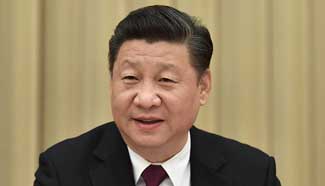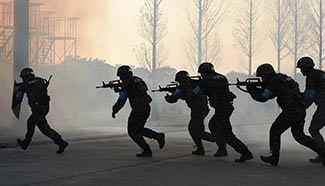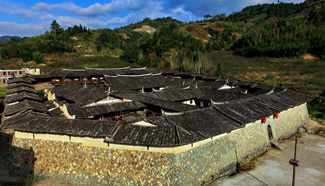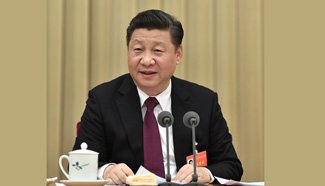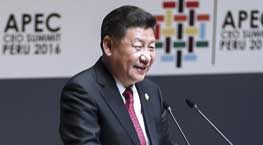By Xinhua writer Zhang Zhongkai
BEIJING, Dec. 16 (Xinhua) -- The just-concluded annual tone-setting meeting mapped out economic work priorities for the coming year, and all details add to one message: China is facing a difficult balancing act and is set to keep up the good work.
Stability and reform are the two key words of the thousands-word statement released after the Central Economic Work Conference, which put "seeking progress while maintaining stability" at the core theme.
It's no easy task as Chinese economy has come to a critical period of transition. The world's second largest economy has to ease debt burdens, address financial risks and cut excess capacity while maintaining a stable growth to achieve its growth target in 2020.
China has already managed to stage an impressive performance in 2016 amid rising global uncertainties and domestic downward economic pressure and looming financial risks.
The government has charted development plans for the next five years and pushed ahead with the supply-side structural reforms to rebalance economic growth. China has met its capacity cut targets this year while securing a stable growth around 6.5 percent.
China is facing more challenging external and domestic environments in 2017 with rising protectionism around the world and financial risks both abroad and at home. What the government has to do is to keep up the good work and walk a fine line.
China has the policy tools and strategy to implement the difficult balancing act, that is, a stable macro policy stance with proactive fiscal policies and prudent monetary policies; a precise industrial policy stance aiming at improving supply quality; a flexible micro policy stance to revitalize the private sector.
Seeking stability does not mean backtrack on reforms, as a commentary to be released on the People's Daily Saturday points out. The central leadership are well aware of the problems dragging down the country's growth and are determined to address them.
The key to resolving structural imbalance lies in pushing supply-side reform, the meeting agreed, specifying five major tasks: cutting industrial capacity, destocking, de-leveraging, lowering corporate costs and improving weak links.
The reform priorities also emphasize balancing stability and growth. On one hand, more efforts will be taken to improve the competitiveness of the country's agricultural sector, state-owned enterprises and the real economy, hopeful new drivers of growth; on the other hand, the country will explore a market-oriented, long-term property mechanism to avoid financial bubble burst.
The challenges ahead and the tasks set are by no means small, but confidence, determination and wise actions will see China through.

